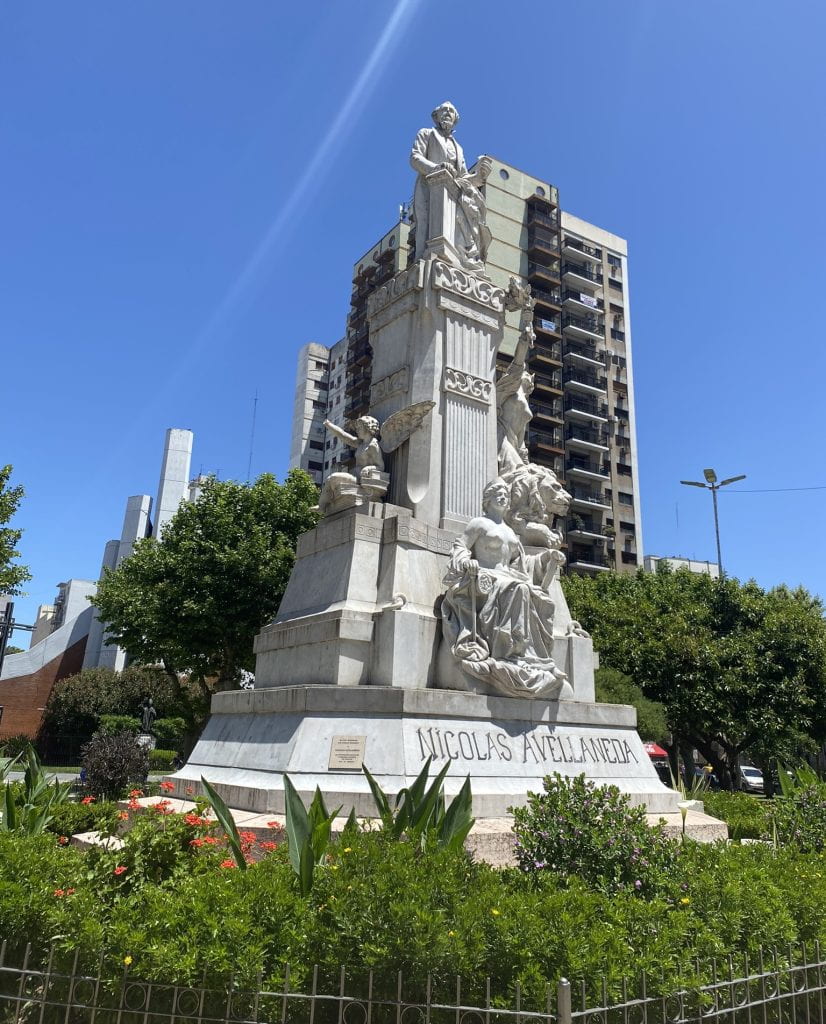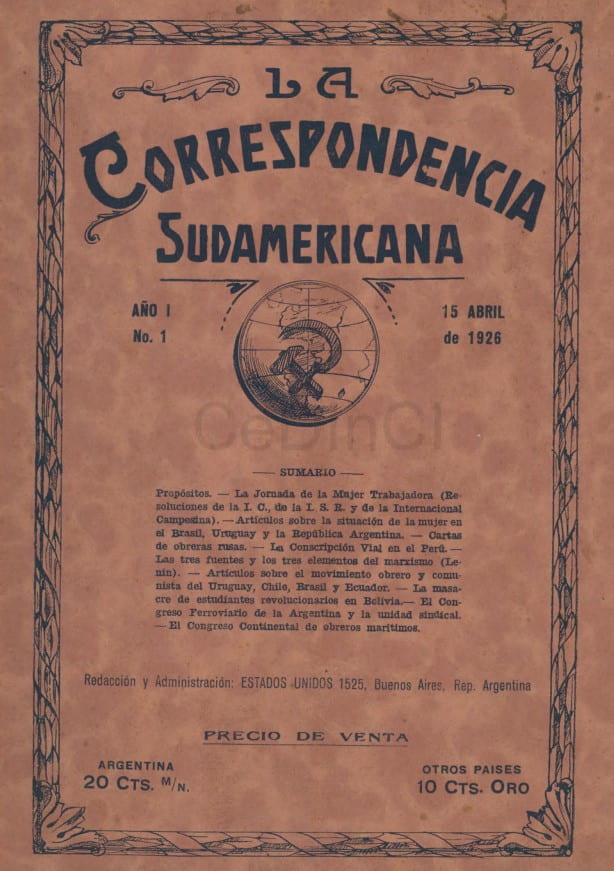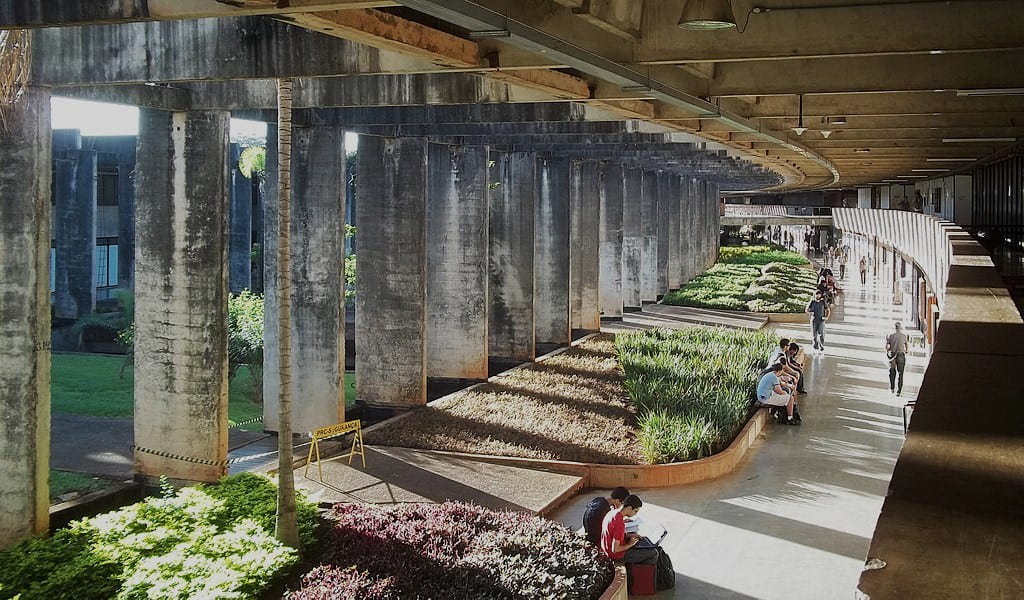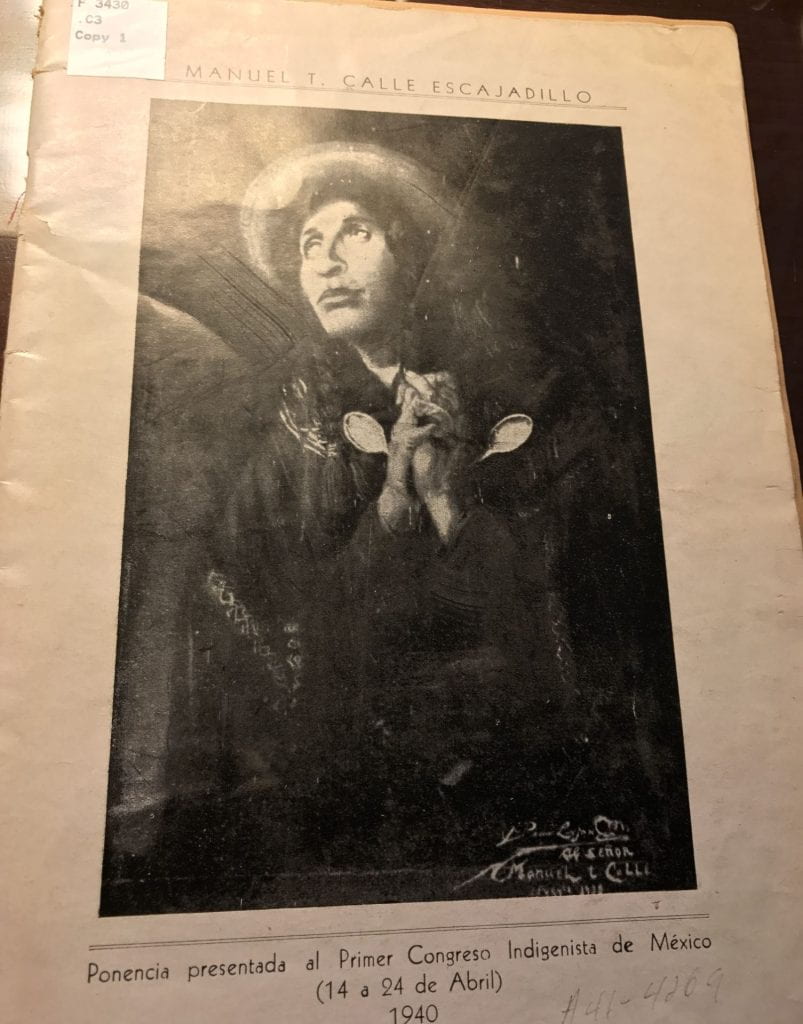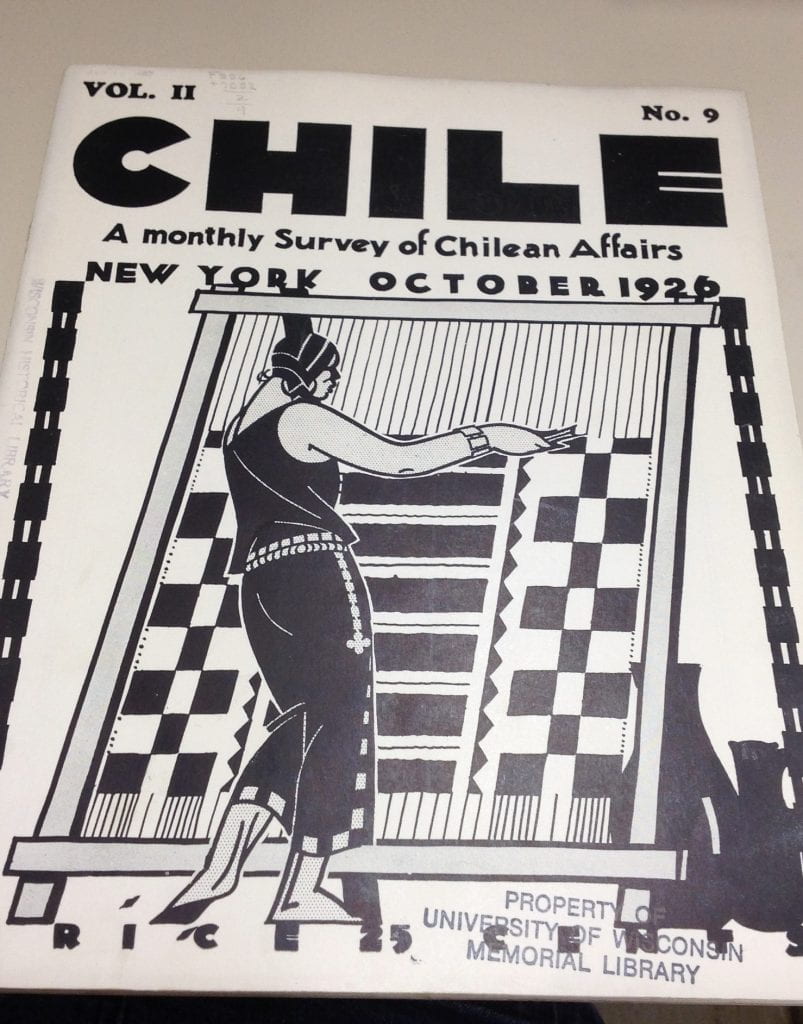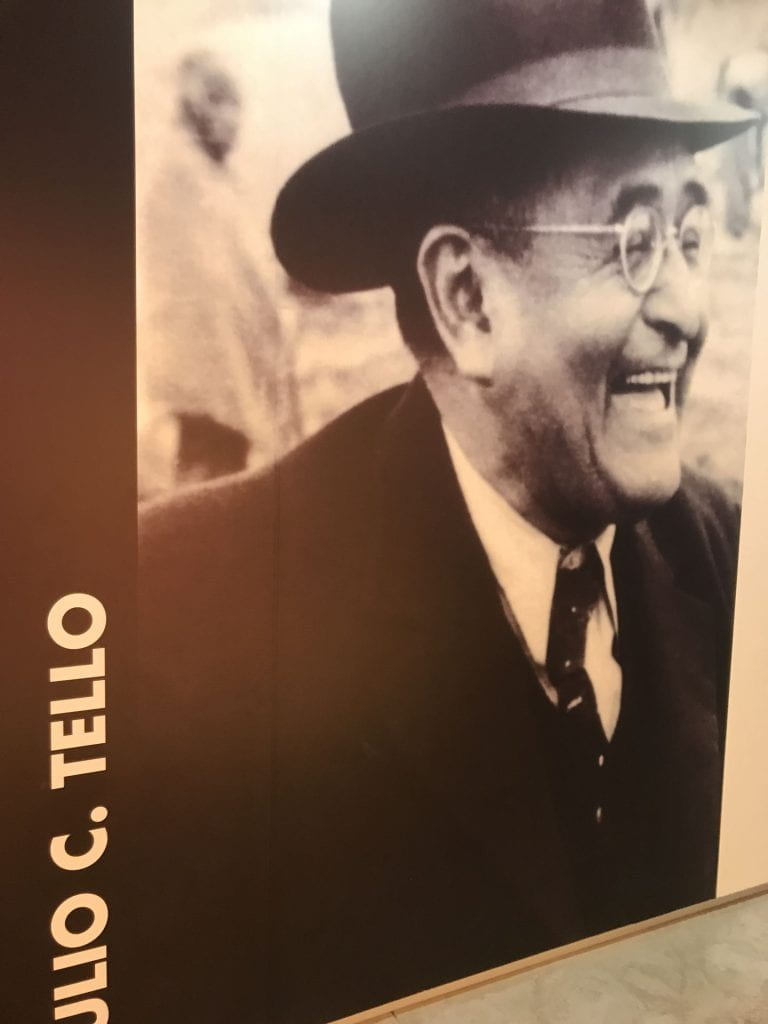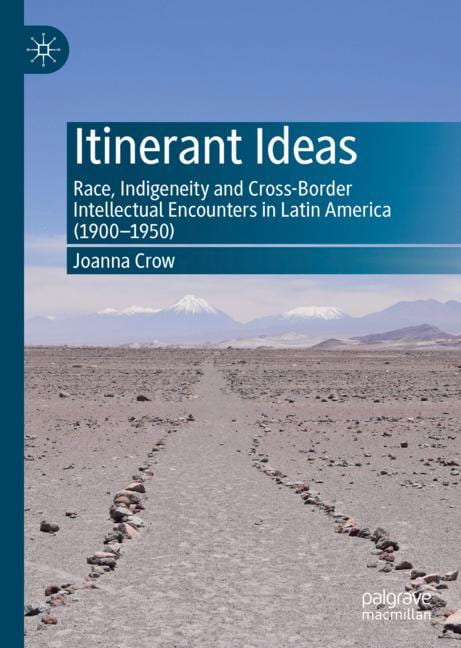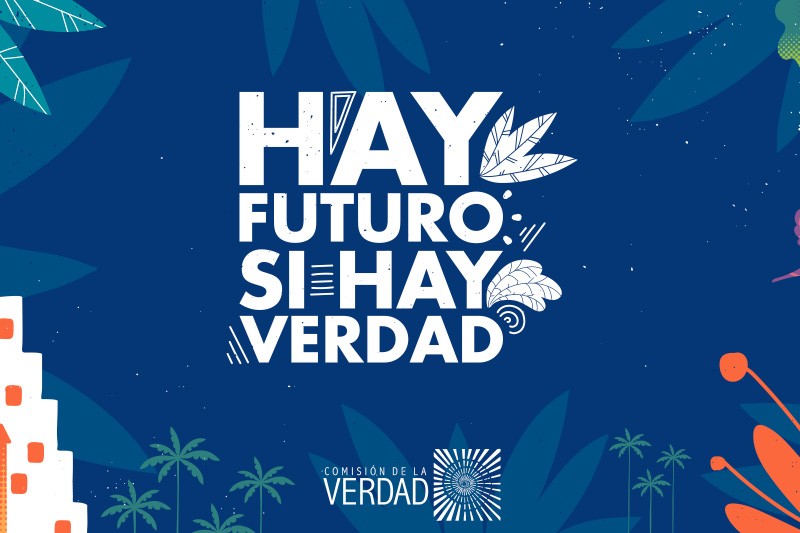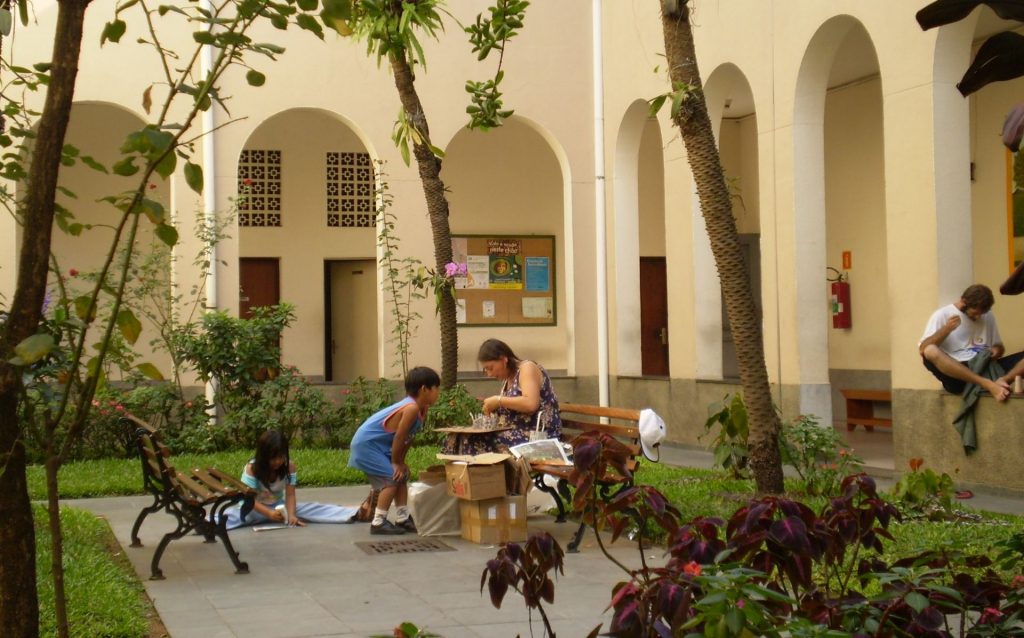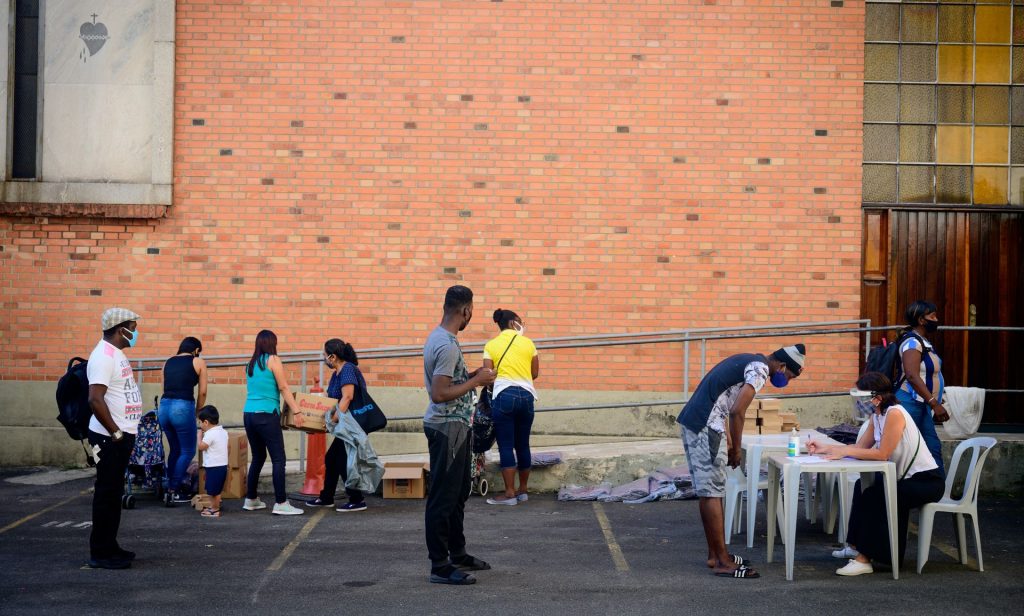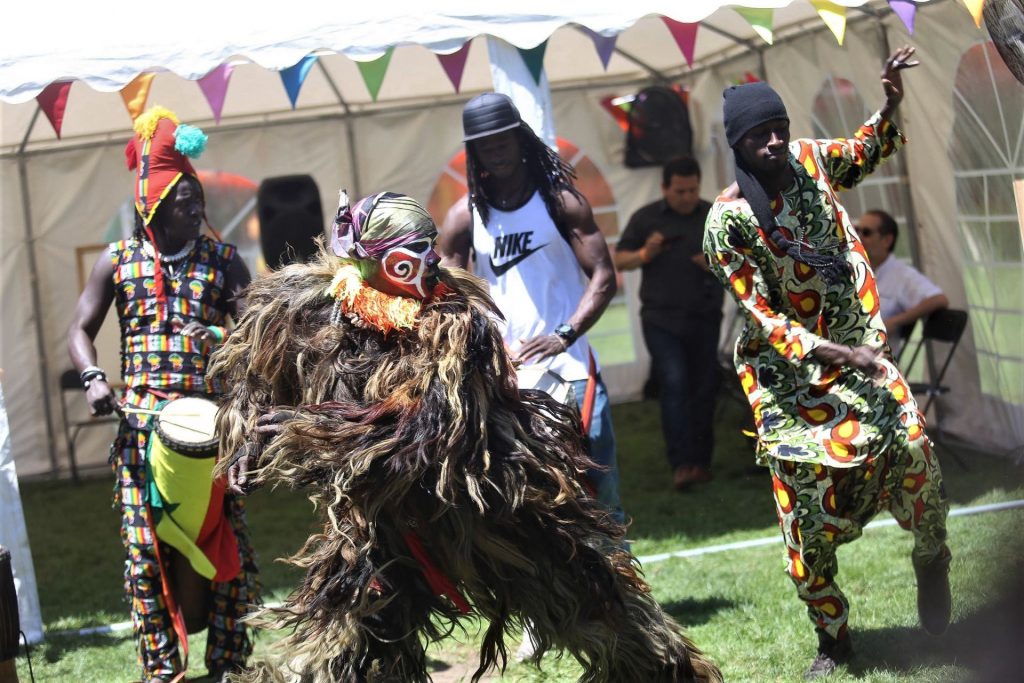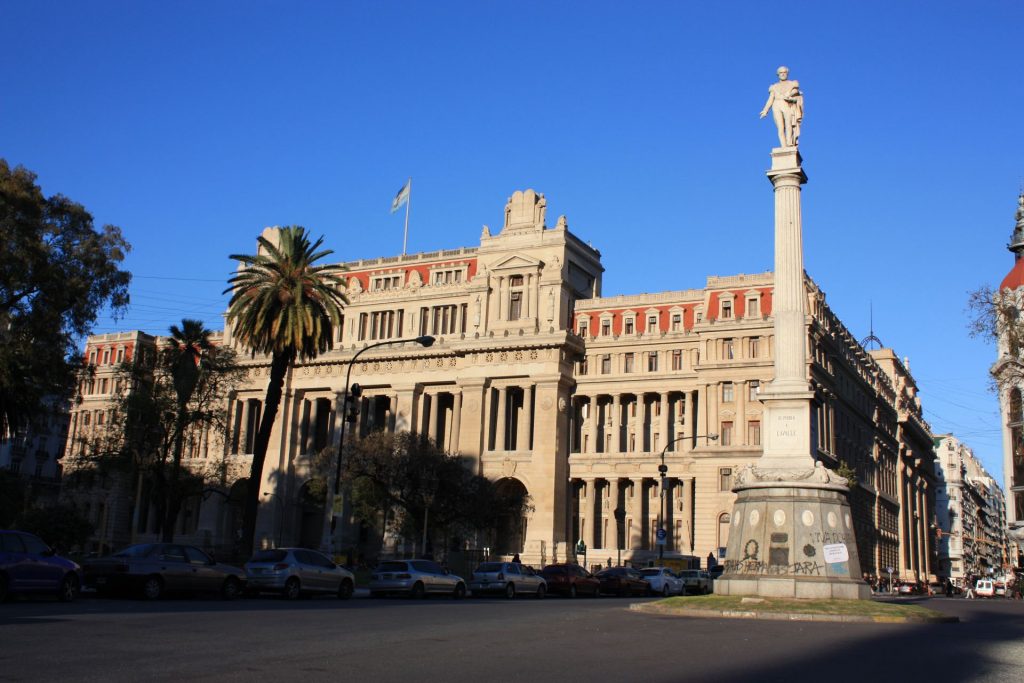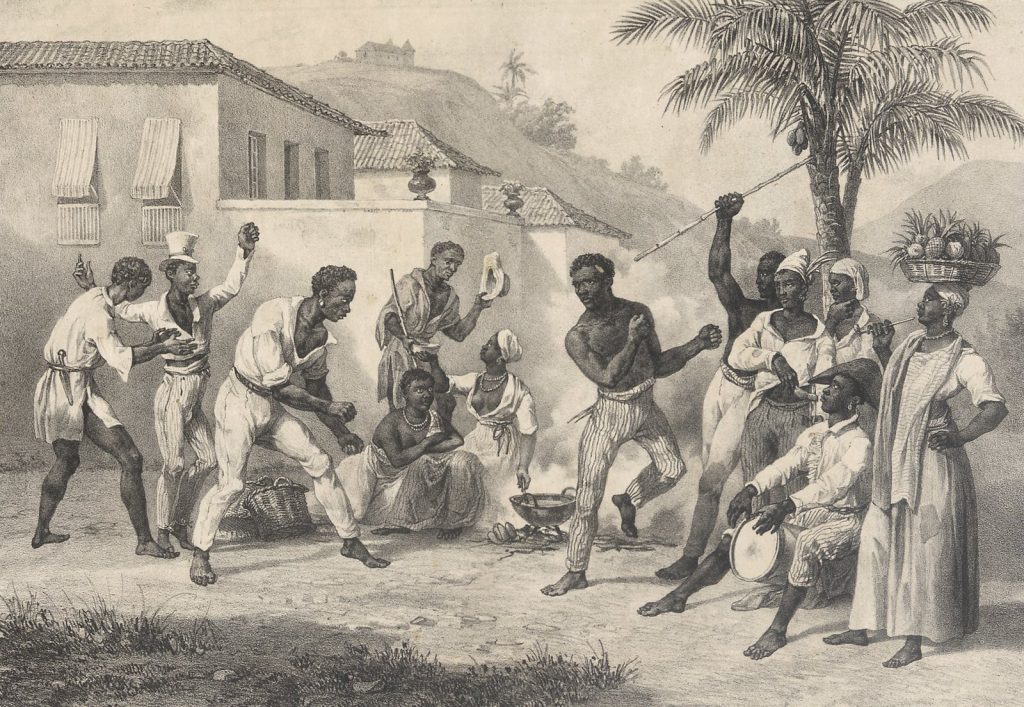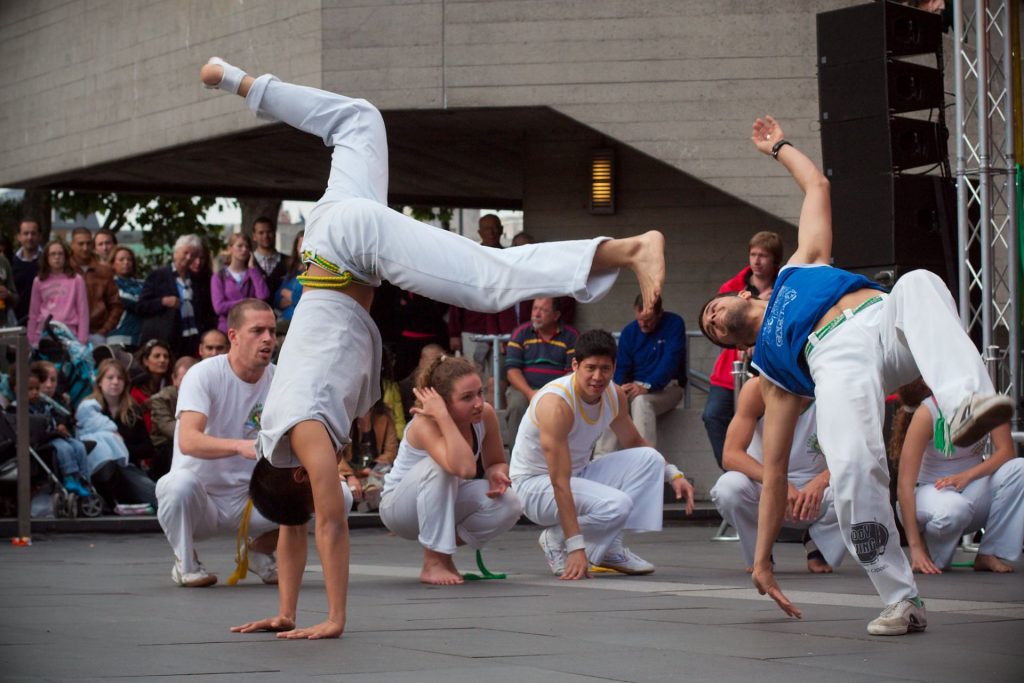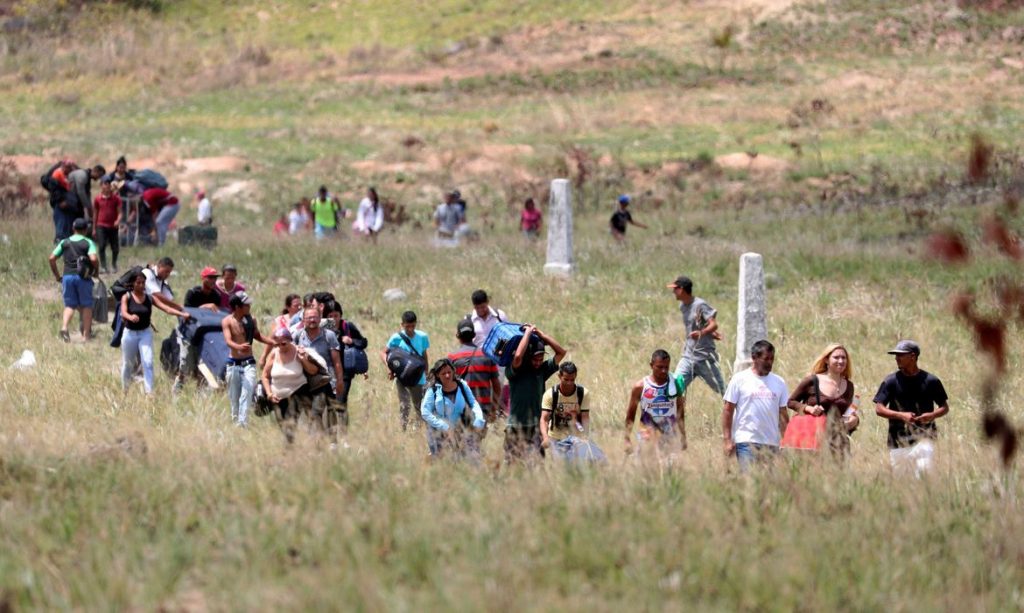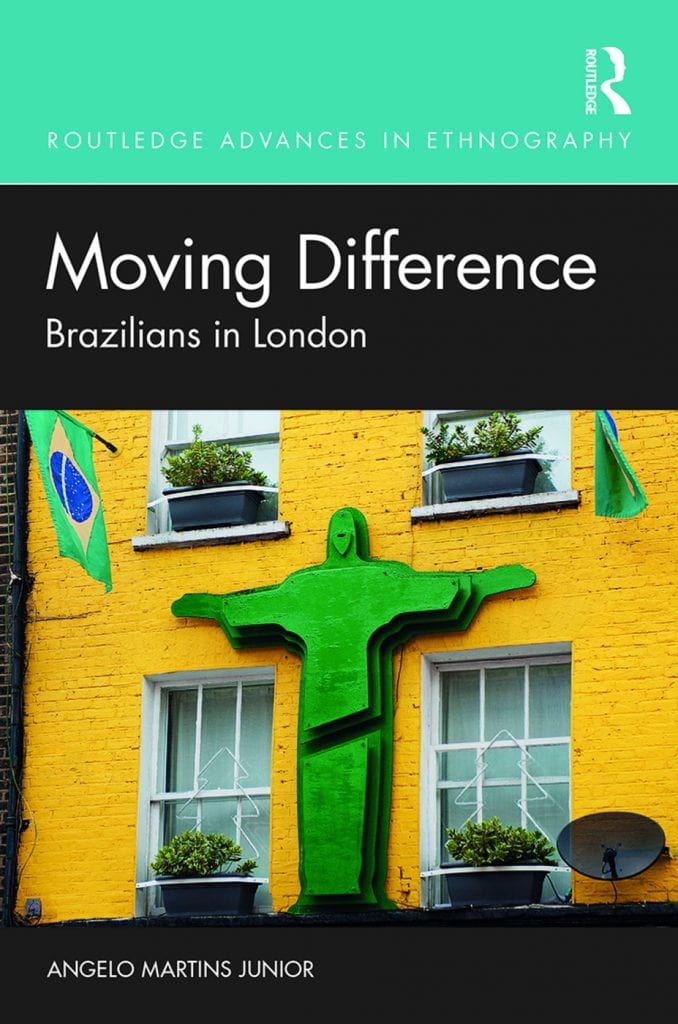By Juan Luis Bradley.
In January 2024, the Central Bank of Argentina (BCRA) announced that two new, higher denomination banknotes (ARS10,000 and ARS20,000) would be placed into circulation by the summer. The rift between the value to be printed on these notes and the highest denomination note currently available at the time of writing (ARS2,000) points to the stark inadequacy of the country’s cash in even the most mundane of everyday transactions for items whose prices have been hit by rapid rates of inflation. Consequently, the movement of cash in Argentina is characterised by obstacles arising from the very form of the cash itself. This struck me on the first day of a visit to Buenos Aires in March this year, when I found that what I had considered to be a substantial sum of pesos remaining from my last trip (in 2022) would buy me only two to three items at a local supermarket. To my further chagrin, I did not have my passport with me meaning I was unable, as a foreigner, to pay for my purchases by card. I thus had to return the items one by one until I could pay off the balance, resulting in a long queue behind me and many pointed stares.

The main objective of my trip to Buenos Aires was to witness the everyday mobility of cash under the presidency of Javier Milei, who came to power in December 2023. Milei’s promotion of libertarian economics, currently slashing funding for national cultural bodies such as the national film agency (INCAA), is frequently justified by the argument that there is no money following the excesses of previous administrations, and that a financial ‘chainsaw’ is required to cut expenditure. More generally, however, the status of cash in Argentina has long been linked to notions of instability and inadequacy. As a virtual tour of the national numismatic museum confirms, frequent, recurring inflationary episodes from the 19th century onwards have resulted in the rapid devaluation of banknotes, leading on many occasions to the adoption of a new currency worth a thousand times the previous iteration.
In such conditions, demand for US dollars as a more stable means of investment has been high, often infamously stored under mattresses and outside the national economy. To combat this, the Cristina Fernández de Kirchner (2007-2015) administration restricted US dollar purchases from 2011 to 2015, prompting middle- and upper-class protests and encouraging informal, illegal money exchanges, whose agents operate with a more advantageous rate known as the ‘blue dollar’ (Sánchez 2017; Perelman 2021). The Kirchner and the later Alberto Fernández (2019-2023) governments attempted to remedy this by adopting differential dollar rates available to certain individuals at certain times, though this resulted in a plethora of rates (among them the ‘Qatar dollar’ and the ‘Coldplay dollar’) fostering a lingering atmosphere of low confidence in the value of the Argentine peso.
My interest in money in Argentina stems from what I would describe as a resistant materiality in everyday cash. Given the persisting need to engage with large quantities of banknotes, whether pesos or dollars, many Argentines and foreigners alike are faced with the daily challenges of carrying, handling, counting, storing and hiding what are effectively pieces of paper (an example of these challenges is depicted in Pedro Mairal’s 2016 bestseller The Woman from Uruguay, translated by Jennifer Croft). Once I had settled into my accommodation in Buenos Aires, I set out to collect some pesos I had wired myself. This has been a common route used by foreigners to profit from juicier exchange rates and avoid card and withdrawal fees. Nonetheless, this option does involve several risks, notably the length of queuing times, the potential lack of cash to dispense and the possibility of theft on the journey home. Surprisingly on this occasion, however (and despite anecdotal evidence to the contrary), I did not face a long queue at the branch, perhaps owing to a recent measure offering foreign cardholders a much better exchange rate aligned with the financial market rate, lessening the pull of informal exchange houses for tourists in Argentina.
Once I had confirmed my identity, the agent proceeded to feed a large number of banknotes through a counting machine. Back in 2022, I was caught out by the sheer sum of the notes I would receive, leading to an uncomfortable walk back to the hotel with my jacket stuffed full of cash. This time, while armed with a large bag, I still found the piles of banknotes difficult to calculate, meaning I would always prefer to carry much more than necessary to the shops. Receiving change was also often troublesome: cashiers would often ask me for one note back to reduce the total number of notes returned, but most notes were of so little value that they did nothing but clog up my wallet. At one point, when I was owed 10 pesos in change (less than 1 pence), I was instead offered a voucher redeemable for 20 if I shopped with the supermarket again. While the voucher proclaimed excitedly that my change would be doubled, the scale of that doubling was much less exciting.
Thankfully, my trip also allowed me to think about things other than cash, with highlights including the annual conference of the Argentine Association of Audiovisual and Film Studies, an excellent Borges-themed production at the Teatro San Martín, and a productive discussion with several students of Dr Valeria Llobet at the Universidad de San Martín. However, as stormy weather delayed my return flight by 24 hours, I couldn’t help reflecting on how my daily experiences with money in Argentina challenged the common associations of currency with the purely abstract and symbolic, particularly in those countries, such as the UK, where cash payments are dwindling. Rather than thinking of money solely as a neutral, universal equivalent – the ‘colourless tool’ described by Georg Simmel in his landmark The Philosophy of Money – the case of Argentina prompts me to consider cash as a thoroughly material obstacle to be navigated not just mentally, but physically.
Juan Luis Bradley is a PhD researcher at the Department of Hispanic, Portuguese and Latin American Studies, University of Bristol. His research explores depictions of the everyday materiality of money in Argentine literature and cinema from the 1990s to the present, with a focus on the affective implications of Argentine money in crisis for those who negotiate it.
For other recent MMB blogposts on Argentina read Jo Crow’s post on ‘(Im)mobility in Buenos Aires (1929-2023)‘.




